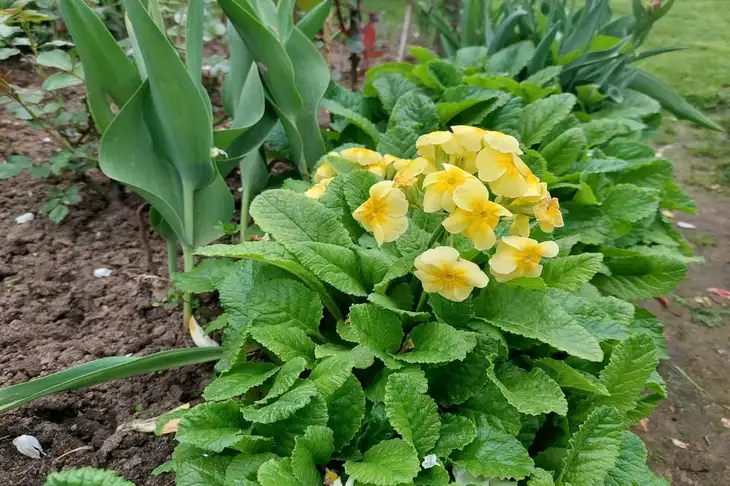When planning a flower bed, you should think not only about its aesthetics, but also its functionality.
As ADVICE.NEWS reports, different garden plants have different needs that should be taken into account before planting flowers together.
Here are a few nuances that you should keep in mind.

Different watering needs
Some flowers need more water than others.
If you plant plants with different watering needs together, this can cause problems.
For example, if you combine a flower that likes lots of water with one that prefers drier soil, neither will grow well.
Sunlight requirements
Different flowers have different sunlight preferences.
Some plants like bright sun, others prefer shade.
If you plant flowers with conflicting sunlight needs together, one may not get enough light while the other gets too much, which can affect their growth.
Invading Plants
Some flowers tend to spread quickly or take over a garden.
It is best to avoid planting these plants near other delicate or slow-growing flowers.
They can crowd out other plants and make it difficult for them to grow properly.
Soil preferences
Flowers have different soil preferences, for example, some prefer acidic soil, while others prefer alkaline soil.
If you plant flowers with conflicting soil preferences together, it can affect their ability to properly absorb nutrients.
Pests and diseases
Some flowers are more susceptible to pests or diseases.
Planting them near other susceptible flowers may increase the risk of spreading pests or diseases.
It would be a good idea to keep these plants separate to prevent the spread of potential problems.
Earlier we wrote about the mistakes that beginners make when growing tulips.


